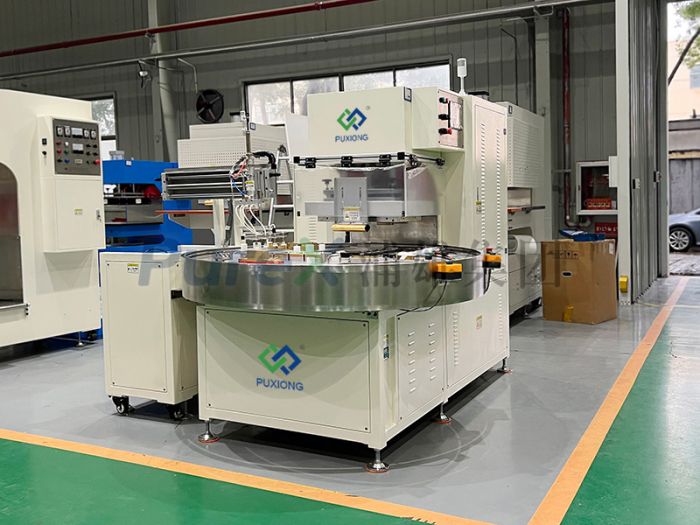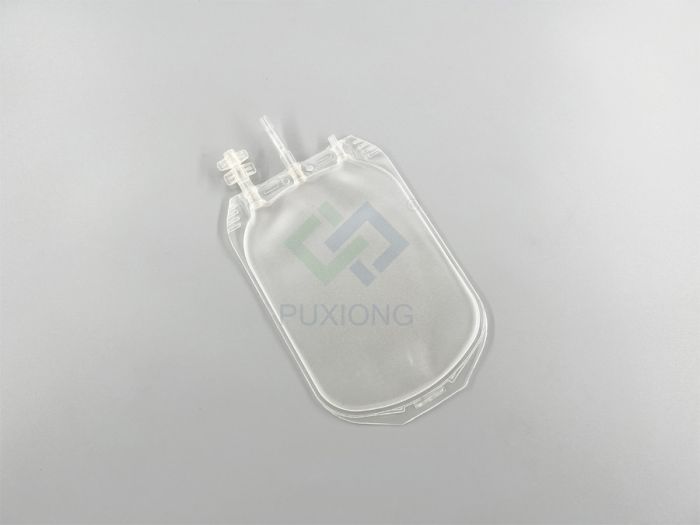Analysis of composite fabric preparation and thermal bonding technology of high performance anti-virus suit
Composite Fabric Structure
Base Fabric Layer: Typically flame-retardant cotton, polyester, or aramid fabric, with a weight range of 10-500g/m², providing basic physical protection.
Adsorption Layer: Utilizes spherical activated carbon (e.g., asphalt-based, phenolic resin-based) or porous resin, with particle diameters of 0.1μm-5mm and BET specific surface area of 10-3000m²/g, ensuring efficient adsorption of toxic agents.
Thermoplastic Adhesive Mesh: Composed of micro-nano fiber structures formed by polyurethane, copolyamide, etc., with fiber diameters of 0.01-100μm and weight of 4-100g/m², serving as an adhesive to enhance interlayer bonding.
Core Preparation Steps
- Adhesive-Coated Base Fabric: Thermoplastic adhesive mesh is evenly applied to the base fabric via high-frequency heat pressing.
- Porous Microsphere Implantation: Activated carbon is uniformly distributed on the adhesive-coated fabric using specialized equipment, followed by heat pressing (50-300°C, 0.2-0.6MPa) for secure bonding.
- Multi-Layer Lamination: A second adhesive-coated base fabric is thermally fused with the single-layer composite fabric via high-frequency pressing to form a "base fabric/activated carbon/base fabric" sandwich structure, improving peel strength and adsorption efficiency.
Technical Optimization Directions
- Nano-Fiber Networks: Micro-nano fiber structures in thermoplastic adhesives enhance bonding strength with activated carbon while retaining >85% effective adsorption area.
- Continuous Heat Pressing: Automated production lines (e.g., calendering machines, carbon implantation devices) with release paper prevent adhesion and boost efficiency.
- Functional Integration: Patented designs incorporate waterproof layers, antibacterial layers, or antiviral functionalities (via electrospinning) into TPU moisture-permeable membranes.
Performance Validation Standards
- Mechanical Properties: Tensile strength (GB/T 3923.1) and peel strength (FZ/T 60011) must meet specifications.
- Protective Performance: Gas-gas antidote testing (GJB 3253) requires ≥30 minutes of simulated agent protection (equivalent to 6 hours of real-world protection).
- Wash Durability: Adsorption efficiency decline must remain <5% after repeated cleaning, ensuring reusability.



.jpg)